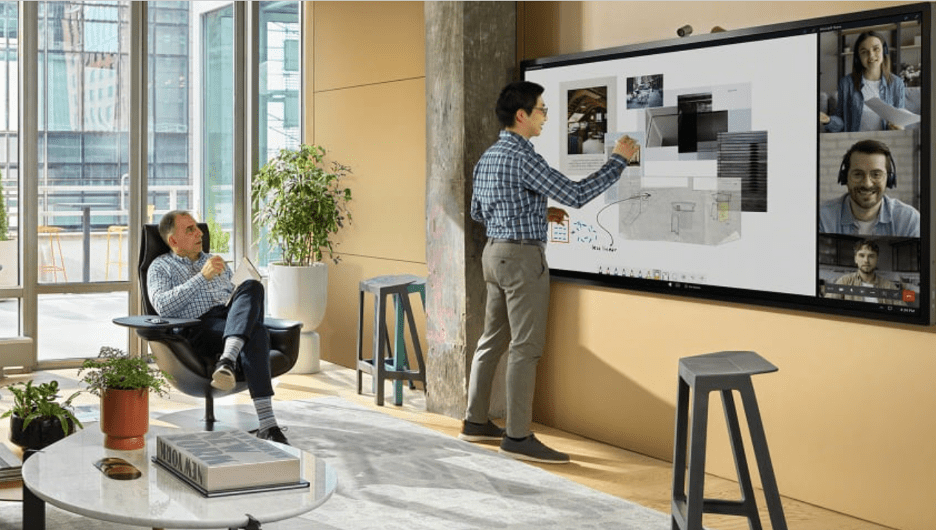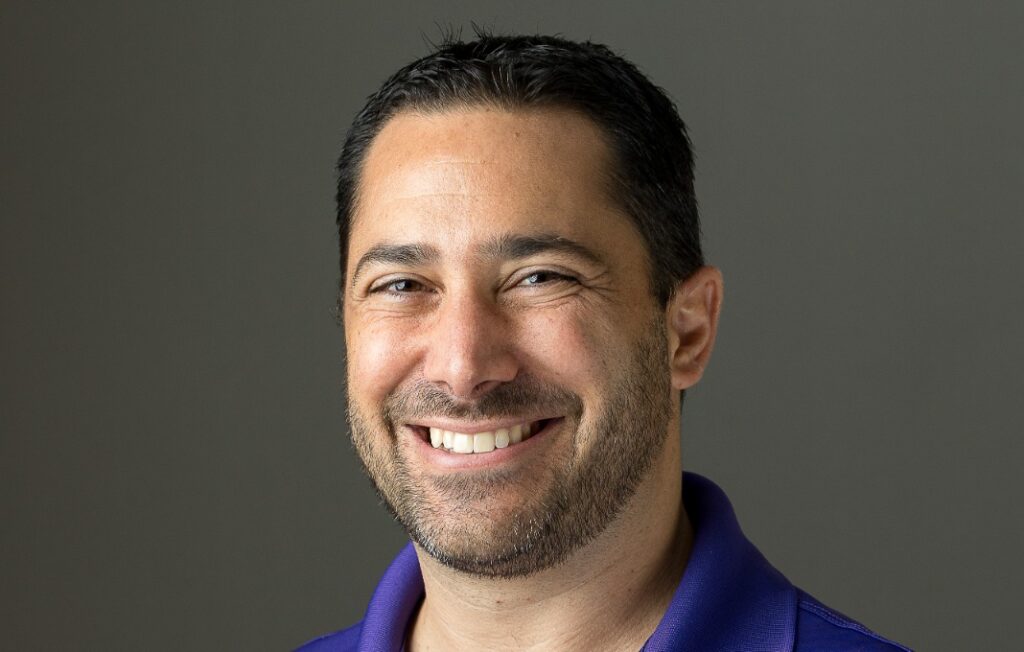For every CEO you hear from who loves their new, Covid-created remote or hybrid setup, you hear from five who don’t. But in today’s tight labor market, for many who sent their people home, it’s tough to get them back—at least without a fight. Just ask Jamie Dimon.
Perhaps it’s time to try another way, one that’s more about selling and less about commanding? Allan Smith, chief revenue officer and Ron Martere, business group VP at office furniture maker Steelcase, shared insights about “earning the commute” of your workers when they’d rather stay home.
They’ve been surveying about 58,000 people in 11 different countries to get a sense of where the world’s office denizens are when it comes to work and the workplace—what they want, what they don’t, and what it might take to lure them back in.
“When they first went home, people felt a certain way, they were really worried primarily about safety,” says Smith. “Then as the pandemic went on, they were thinking, hey, you know, it’s kind of a far commute…how do I make the office really worth the commute? And they shifted concerns from really less about safety and more about privacy issues. And then also secondarily about collaborating with their teams.”
How does that actually play out in an office? Smith and Martere have some ideas based on the research. But bottom line, if you want your people to come in, it will need to compete with—and beat—the alternatives.
“We believe that the workplace should be the best place to get work done,” says Martere. “You can get work done anywhere, but on balance, I want to come into my work, my office, because I’ll have access to colleagues, I’ll have the best technology, I can connect to the culture, I can learn, I can be a mentor, those type of things. And so we want to make sure it’s a really an attractive place where people want to be, not necessarily have to be.”
Some takeaways from the conversation about what your people are really looking for when they’re back in the office:
• They want to concentrate. “They’re primarily concerned with the ability to work without distraction,” says Smith. “One of the things they really appreciated being at home during the pandemic was the ability to focus. But oftentimes, if you don’t have a dedicated workspace, you might be sharing with multiple people or students that were learning from home, and they had less and less privacy. So they want an equal amount of privacy to what they had at home. How do you deal with that—new solutions around acoustic privacy, visual privacy, psychological privacy to be able to help people be most productive?”
• They want to collaborate. “People like to see other people, they like to connect with colleagues, and how do we help facilitate some of those connections? How do we help facilitate the meetings?” Says Smith. “What we see is a proliferation of meeting room spaces, as well as ancillary or kind of informal settings. And we see those throughout the floor plate, they used to maybe 30% of the floor plate pre-pandemic, we see a big shift to probably 50% to 60% or 70% in several cases now.”
• They want hybrid meetings to not suck. “We’re thinking more like a movie director than maybe a facility manager” in designing rooms, says Martere. “In the past the facility managers might just put on a device, and you can be in a big vacuous room with poor acoustics and poor lighting and you just deal with it. Now we’re going to think that experience has to be engaging….it has be easy to use—otherwise, people won’t do it. It’s got to be equitable. Let’s say there are three people here and we’re talking, you don’t feel like you’re the odd person out.”
• They want to belong. “People want a sense of belonging to an organization, and the workplace, the office, even if it’s poorly designed, is that place where you come together…people miss that,” says Martere. “What we’re seeing is, the companies that do have great environments that have better design biophilia, more thought goes into it. It’s really a hosted work experience, versus just, hey, here’s 1,000 people, you got 1,000 of this, it’s just more efficiency based. They’re bringing their people back in a faster way because people miss that. You don’t necessarily miss sitting by yourself on a big bench somewhere with a couple of people. You do miss a nice, planned work environment.”
• They want different things—based on age. “What we see is people who are under 30 years old are more likely to be in the office because they’re looking to create social connections and they’re also looking to create movement in their career,” says Smith. “People who are older than 50 are in the office because that’s what they were used to. They compartmentalize work in a way that basically said, ‘I’m going to work and I’m going to leave my home life for that work-life balance.’ But you see a big swath of folks in between—that 30 to 50 group—that are really enjoying working at home.”
• They want social support. Those 30-to-50 year olds, “what they’re telling us from the research is they’re really struggling with things like childcare, eldercare,” says Smith. “They’re trying to create work-life balance. One of the top things from our research came out from women around the need for childcare on-site or someplace that they could get to quickly. I’d say that’s another thing in terms of services, other on-site services that are about work-life balance, little things like dry cleaning, the ability to drop off laundry.”
• And, no surprise, more than anything, they want a great culture—and a decent boss. “As much as we love furniture,” says Martere, “you can have a beautifully designed space, but if the culture isn’t great, that will also be a detractor from people coming back to work for sure…. Post-pandemic, a lot of people are saying, ‘I’d like to work from home.’ What they’re really saying is, ‘I don’t like my boss or my culture, and I want to spend as much time away from that person as possible.’”








